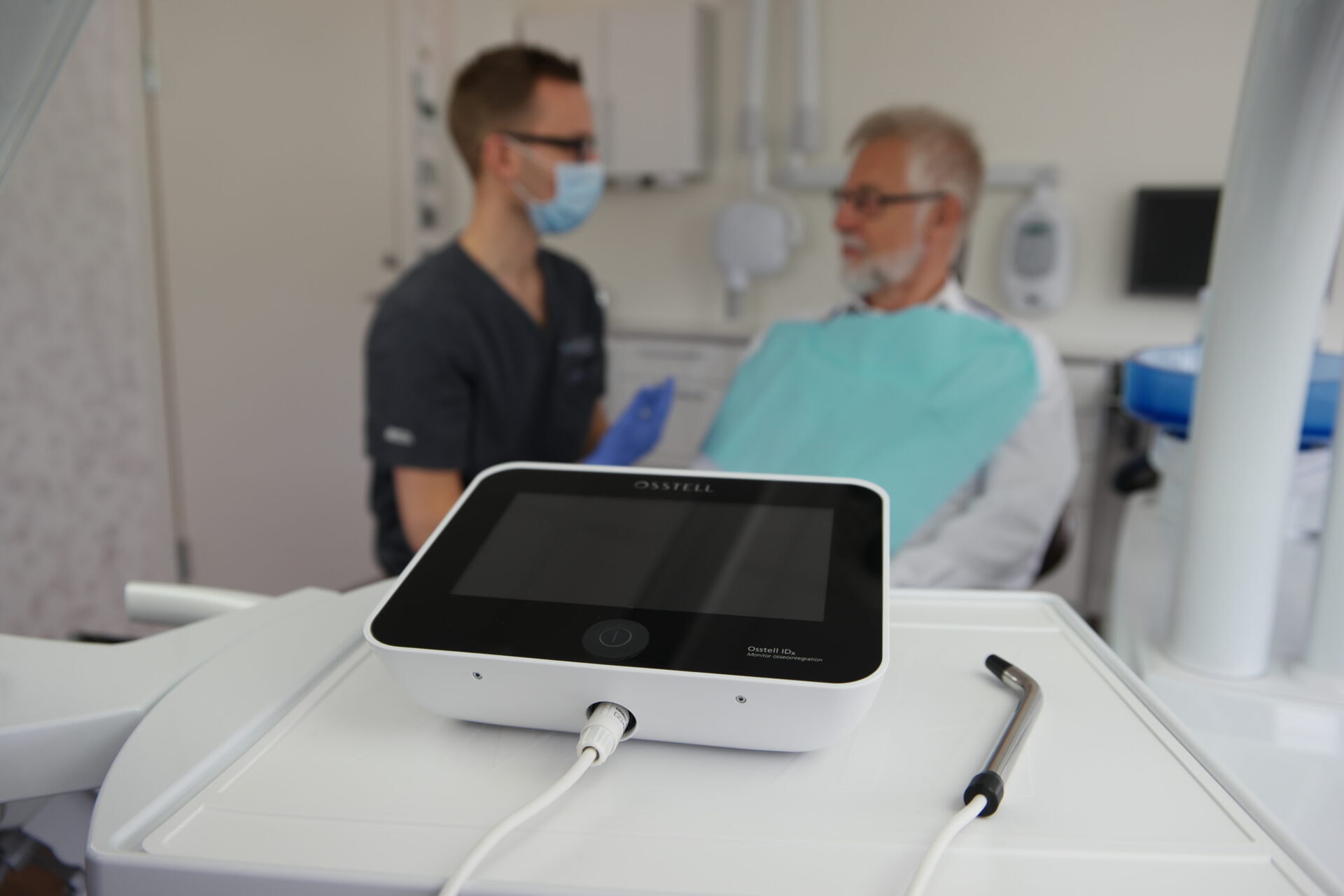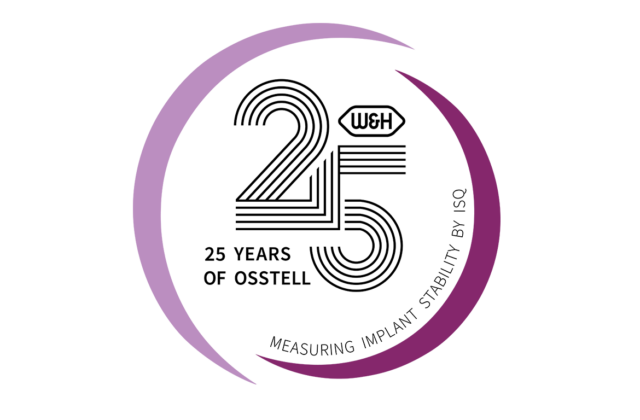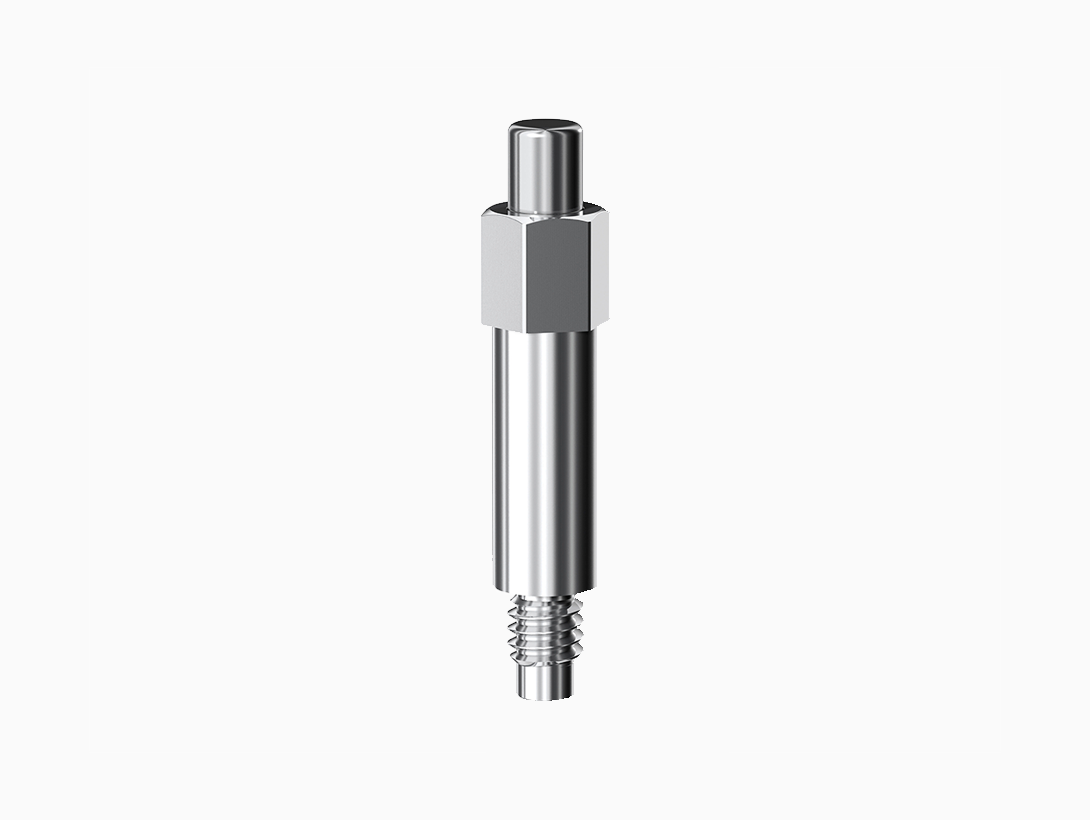
How to manage patients with risk factors
Jun 9, 2016
Gain insight from these clinicians on what they do to manage risk patients more predictably.
Requests for shorter treatment times along with a growing number of patients with risk factors place greater demands on dentists and available technology. Correctly assessing osseointegration and implant stability and is key in successful implant treatment. Using traditional methods such as torque and percussion tests are not suitable for monitoring osseointegration, it requires a more advanced diagnostic tool.
Gain insight from these esteemed periodontists on what they do to objectively and noninvasively identify which implants are ready to load and which ones need additional healing time.
Pamela K. McClain, DDS and Rachel Schallhorn, DDS have been using Osstell and the ISQ scale for a number of years now to measure primary implant stability and osseointegration.
“We are currently using Osstell when we place all implants to establish a baseline measurement of implant stability. At the time of placement if the ISQ is too low (depending on the location – anything below 45) we will remove the fixture, possibly graft and then wait another 3-6 months before trying to place another fixture. We try to take the measurement on the buccal/ lingual, and mesial/distal aspects and record the highest and lowest values.
We typically recheck the ISQ value at three months. If the ISQ has improved (or is stable if the number was high to begin with – over 65) we will release the patient for restorative treatment. It gives us and the patient a more objective way to assess the implant stability. If it’s not ready at that time we continue to recheck every 6 weeks until the ISQ has improved or indicates stability.
Since we began using this device in 2009, our decision making process has become more simple and objective. We will continue to use the Osstell values to help guide treatment decisions and as a communication tool with our referring dentists.”
Dr. Paul Rosen, you’ve said you are no longer the bad guy when it comes to deciding when to load the implant. Could you please explain that?
“Osstell use is critical for my implant practice. Every year, this device more than pays for itself as there are always several patients who heal slowly or who have implants placed with extremely low insertion torque. This confounds my ability to predict when healing has been adequate to proceed to the restorative phase. Osstell provides me with quantitative information necessary to make informed decisions. No longer am I the villain who slows up patient care, but it is objective data about the patient’s healing that becomes the determining factor.”
To learn more about the Osstell IDx, please click here


